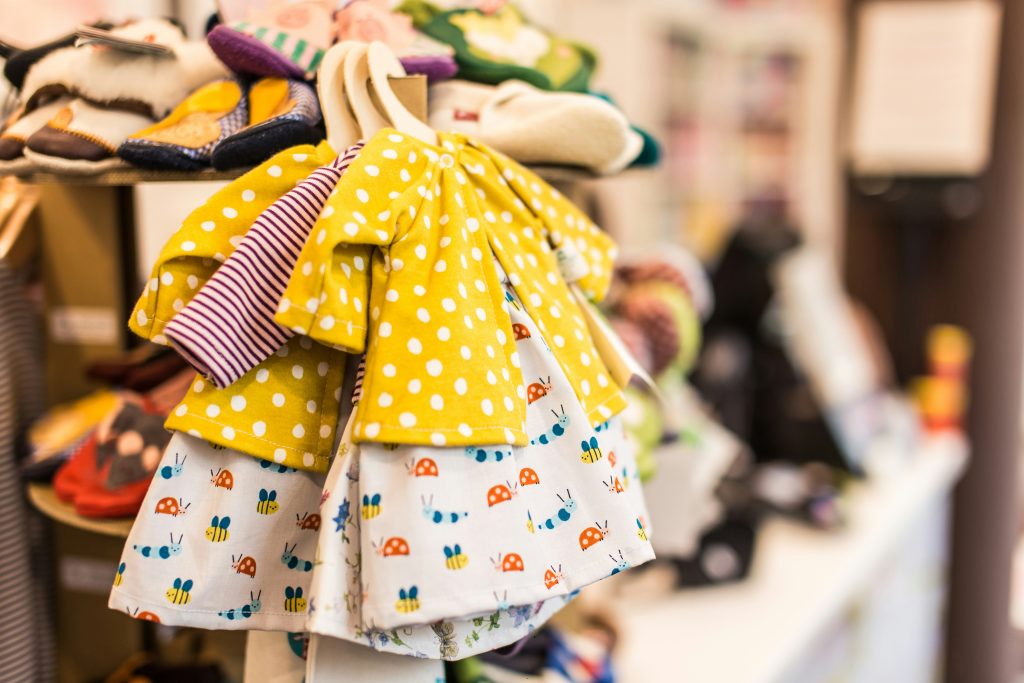It may be winter right now, but as that snow begins to melt, spring and pollen season will be upon us in full force. Did you know that according to UK Allergy, allergy season can start as early as January.
As parents, ensuring the wellbeing of our little ones is always a top priority, including the seemingly simple task of washing their clothes. But even for adults with allergies, getting rid of the pollen in their clothes can be a daunting task. Carrie Shaltz Haslup from Tabeeze shares her best advice on tackling this task safely and effectively.
Understanding Pollen & Its Effects on Clothes
To understand how to clean pollen, let’s define what it is. Pollen is the powdery substance released by plants that is notorious for clinging to fabrics. Pollen in your clothes can cause skin irritation and allergies, so understanding how to remove it while preserving the clothing is essential.
Pre-Washing Preparations
To start, before washing, lightly shake or brush the clothes to remove any loose pollen. This step will minimise the amount of pollen that goes into the wash and make cleaning more efficient.
Check The Fabric Label
Before proceeding with the wash, be sure to check the fabric label, as they can offer guidance on washing clothes without ruining them. All fabrics are different, and disregarding the label can lead to ruined items.
Choose the Right Detergent
Selecting a gentle detergent is essential. Look for soaps that are hypoallergenic and fragrance-free because they will still get out stains but are less likely to irritate your skin.
Washing Techniques
Use lukewarm water to avoid setting stains or damaging delicate fabrics. If using a machine, choose a gentle cycle with an extra rinse option to ensure all detergent and pollen residues are thoroughly washed out of your clothing.
Effective Natural Remedies
There are incredibly effective alternatives to detergent, such as baking soda or white vinegar, that are very effective in removing pollen. Add a half cup of baking soda or vinegar to the wash cycle as a natural fabric softener and deodorizer. Just ensure you test a small area to ensure it won’t affect the colours if you wash delicate fabric.
Drying and Post-Wash Care
Air drying is the gentlest way to dry any piece of clothing because it reduces the likelihood of shrinkage and fabric damage. But not all of us have time to air dry things, so if you use a dryer, utilise the low-heat setting, then fold and store clothing in a clean, dry place to prevent pollen from settling again.
Preventing Pollen in the First Place
Reducing pollen exposure is also important, especially if your child is sensitive to it. Keep windows closed during high pollen seasons and regularly clean your room, bedding, and any areas where clothes are stored.
While thoroughly washing clothes and avoiding damage is a delicate balance, these expert tips will ensure your clothes are clean, soft, and safe for your child to wear, regardless of season.
Featured Photo by Baby Natur on Unsplash.



